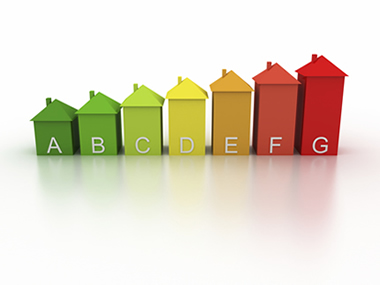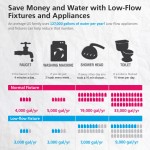 Whether you live in San Jose or any other part of the world, energy is an essential part of our lives. Our bodies need it to function and stay focused, and our homes need it for lighting, powering appliances, electronics, heating, cooling and even charging our cell phones.
Whether you live in San Jose or any other part of the world, energy is an essential part of our lives. Our bodies need it to function and stay focused, and our homes need it for lighting, powering appliances, electronics, heating, cooling and even charging our cell phones.
Most of us don’t even think about energy until a power outage occurs and we find ourselves reading our favorite novel under the candle light. Yet another punch of reality may settle in when we are faced with that ever bigger utility bill.
Did you know that residential buildings account for nearly a quarter of the worlds carbon emissions (21%)? Nationally, energy prices in the residential building sector have maintained the highest in relation to other well known sectors such as transportation, industrial, and commercial buildings.
The state of California is ranked among the top states in the nation for highest energy costs – only coming in lower than some east coast states and Hawaii.
So what can we do to lower the pain on those energy bills and go easy on the environment? Well, one way is to start being mindful of it and applying some “controlled conservation.” It is easily one of the best methods of reducing high energy costs. It includes shutting off lights, taking shorter showers and using energy at off peak hours. This just the tip of the iceberg for energy conservation but most of us don’t do it. Why? Well, controlled conservation can, and will, affect our lifestyles which typically places it much lower on the priority list when considering energy conservation. I mean we love our long, warm showers…don’t we?
The best way to conserve energy is to conduct a comprehensive Home Performance analysis. It’s sort of like taking your home to see a doctor for a “physical”. All of your home’s systems will go through a rigorous testing. A typical assessment includes: A Blower Door to find and measure air leakage rates (infiltration), Infrared Camera to visually see insulation and building envelope performance, Duct Blaster to measure and find distribution system leakage, Combustion Analyzer to assure combustion appliances are safe, as well as a handful of other tests and inspections. Sounds high tech doesn’t it? No worries, it all makes sense when you see it in action. In addition, you can watch a series of videos from EnergyStar.gov for a detailed overview of Home Performance.
Where to start? First, contact your favorite Home Performance “doctor” and arrange for a comprehensive analysis. You can expect to pay anywhere from $199 to $599 and up, but make sure you find a qualified contractor to assure a thorough job. A good contractor should at least adhere to the Building Performance Institute guidelines. Remember, a good Home Performance contractor does more than just evaluate your home’s energy use, they use Building Science principles and specialized equipment to fully analyze and pinpoint where the energy is lost, and then find ways to improve comfort and health issues as well as find ways to lower your home’s carbon footprint.
Best part? Following the building’s retrofit work, energy reductions are generally reduced between 30% and 50%. Now that is BIG DEAL! However, people often say the most value is in the added comfort, home value enhancement and of course doing their part to relieve the environment.
Stay tuned for the next article and I will share with you my 10 Step Process on Conducting your own Energy Audit. Those tips alone can save you about $500 on a visit from Home Performance “doctor”.
 How Much Water is Your Home Really Wasting?
How Much Water is Your Home Really Wasting? What Really Happens To Your Trash Once It Leaves Your Home?
What Really Happens To Your Trash Once It Leaves Your Home? How Going Solar Can Cost You Nothing
How Going Solar Can Cost You Nothing